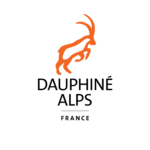Rewilding France
Rewilding landscape in the Dauphiné Alps
The Dauphiné Alps rewilding landscape covers approximately 500,000 hectares between the cities of Grenoble, Montélimar, and Gap. This area is characterised by diverse landscapes, ranging from Mediterranean vegetation to alpine zones, with vast swathes of forest and semi-wooded heathland, as well as mountain meadows, numerous cliffs, and some of the most important braided river sections in France.
Their rich natural heritage is entwined with a cultural history shaped by generations of farmers and rural communities. The rewilding landscape encompasses several renowned protected areas, such as the Vercors and Baronnies provençales regional natural parks, and is home to iconic wildlife species such as wolves, vultures, and Alpine ibex.

The Dauphiné Alps rewilding landscape covers approximately 500,000 hectares between the cities of Grenoble, Montélimar, and Gap. This area is characterised by diverse landscapes, ranging from Mediterranean vegetation to alpine zones, with vast swathes of forest and semi-wooded heathland, as well as mountain meadows, numerous cliffs, and some of the most important braided river sections in France.
Their rich natural heritage is entwined with a cultural history shaped by generations of farmers and rural communities. The rewilding landscape encompasses several renowned protected areas, such as the Vercors and Baronnies provençales regional natural parks, and is home to iconic wildlife species such as wolves, vultures, and Alpine ibex.


